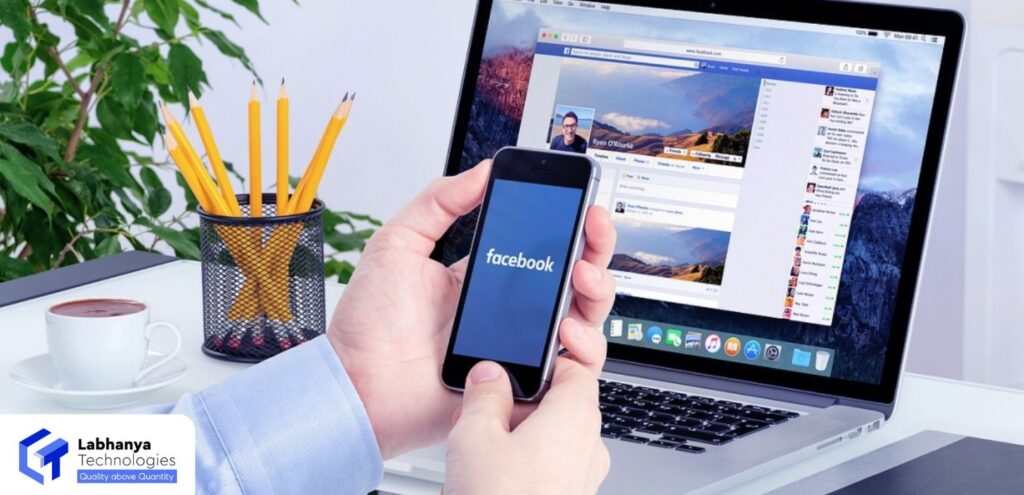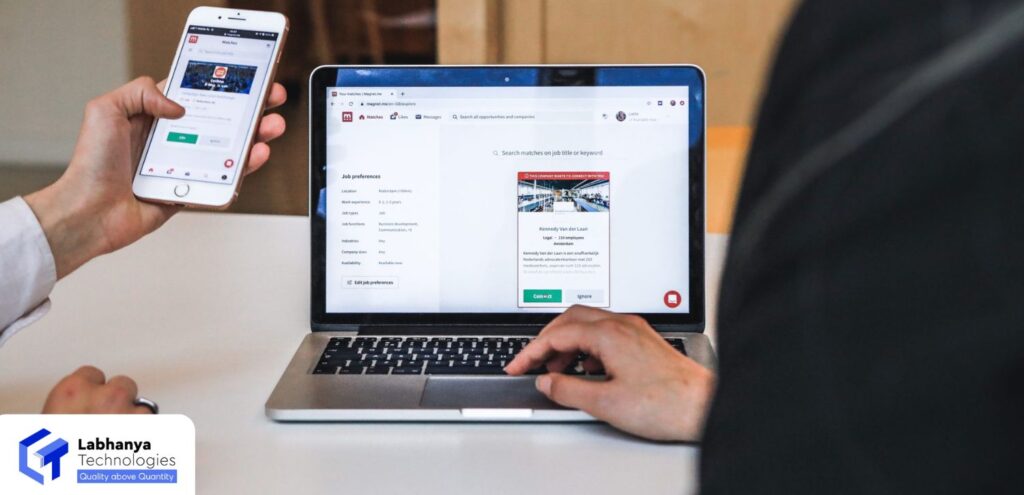The Facebook Learning Phase is one of the most crucial stages in any advertising campaign run on the platform. Whether you’re trying to generate leads, drive sales, or increase brand awareness, the way you navigate this phase can determine the success or failure of your marketing efforts. For digital marketers and businesses, understanding how to effectively leverage this period can lead to more efficient ad performance and maximize return on investment (ROI).

In this blog, we’ll dive into the Facebook Learning Phase, exploring its role in the ad delivery process and uncovering strategies for unlocking its full potential.
What is the Facebook Learning Phase?
The Facebook Learning Phase refers to the period when Facebook’s ad delivery system is gathering data and adjusting to find the best way to deliver your ads to your target audience. It occurs during the early stages of your campaign when Facebook is learning about how your audience interacts with your ads and optimizing for your chosen goal (clicks, conversions, etc.).
During the Learning Phase, Facebook’s algorithm works to understand what type of people are most likely to engage with your ad based on the set objective. This phase usually takes place when there’s a significant change in your campaign, such as a new ad set, targeting adjustment, or budget increase.
Why is the Facebook Learning Phase Important?
The Facebook Learning Phase is important because it directly impacts ad performance. While it may seem like a “testing period,” it is an essential time for Facebook’s algorithm to gather information on how best to optimize the delivery of your ads. This phase helps Facebook identify which audience segments respond best to your ad, allowing the platform to serve your ads to people most likely to take the desired action (e.g., click, convert, purchase).
Key points to note:
- Optimization: The learning phase is where the magic happens; Facebook’s algorithm refines your campaign to get the best results.
- Data Gathering: It provides valuable insights that help optimize your ad placement, audience, and bidding strategies.
- Cost Efficiency: Properly navigating the Learning Phase can significantly reduce your cost-per-result in the long run.
How Long Does the Facebook Learning Phase Last?
The duration of the Facebook Learning Phase depends on various factors, including your audience size, budget, and the action you want your audience to take. Typically, Facebook estimates that the Learning Phase completes once your ad set reaches approximately 50 conversions or desired events within a 7-day period.
If you make any major changes to your ad during this time, the Learning Phase will restart, delaying the overall optimization process. It’s essential to be patient and avoid making constant adjustments during this time.
Challenges During the Facebook Learning Phase
Navigating the Learning Phase can be tricky, and there are several common challenges that marketers encounter:
- High Cost Per Action (CPA) Early On Early in the Learning Phase, you may notice that the cost per action (CPA) is higher than expected. This is because Facebook hasn’t yet fine-tuned your ad delivery and is still experimenting with different audience segments and placements. It’s important not to panic, as this is a normal part of the process.
- Performance Fluctuations Ads may perform inconsistently during the Learning Phase. You may see spikes or drops in key metrics such as click-through rate (CTR), conversions, and engagement. This can make it difficult to assess the long-term success of a campaign until the Learning Phase is complete.
- Restarting the Learning Phase As mentioned earlier, making significant changes to your ad set (e.g., budget increase, creative changes, audience adjustment) can restart the Learning Phase. This means Facebook will start collecting data again, and optimization will be delayed. Marketers must be mindful about when and how they tweak their ads.
How to Unlock the Full Potential of the Facebook Learning Phase
To make the most out of Facebook Learning Phase, marketers must adopt certain strategies that align with Facebook’s algorithmic needs while setting up their campaigns for long-term success.
1. Avoid Making Major Changes Early On
Once your ad campaign is live, it’s important to resist the urge to make frequent changes. Altering your budget, targeting, or creatives can disrupt the algorithm’s learning process and push your campaign back to square one.

Tip: Let your ads run uninterrupted for at least a few days so that Facebook can collect enough data to optimize your campaign effectively.
2. Set a Realistic Budget
Facebook’s algorithm needs enough data to learn, and the best way to provide this data is through conversions. If your budget is too low, your ad set may not generate enough events (such as clicks or purchases) for Facebook to complete the Learning Phase. Conversely, a high budget with broad targeting may result in wasted ad spend before optimization is complete.
Tip: Use a budget that allows your ad to gather the required 50 conversions or events in a 7-day period without overspending. You can gradually increase the budget once the Learning Phase is complete.
3. Use Simplified Targeting
When setting up your campaign, it’s important to avoid overly complicated targeting options. While it may be tempting to use highly specific audience filters, this can restrict Facebook’s ability to find the right users during the Facebook Learning Phase. Instead, opt for broader targeting to give the algorithm more flexibility, allowing it to test various audience combinations effectively and optimize your ad performance.
Tip: Start with broader audience segments and let Facebook narrow down based on performance during the Learning Phase.
4. Focus on One Objective Per Ad Set
Each ad set should focus on a single objective, whether it’s lead generation, conversions, or app installs. Trying to optimize for multiple goals within the same ad set can confuse Facebook’s algorithm and slow down the Learning Phase.
Tip: Choose the most important objective for each campaign and align your ad set around achieving that goal.
5. Use Stable Creatives and Messaging
Your ad creatives and messaging should remain consistent during the Learning Phase to prevent unnecessary restarts. Once Facebook has gathered enough data and optimized your ad delivery, you can test out different creatives and messaging.
Tip: Avoid swapping out creatives or tweaking copy during the Learning Phase. Allow your current set of creatives to run until optimization is complete.
6. Leverage Facebook’s Dynamic Creative Feature
Facebook’s Dynamic Creative feature allows you to upload multiple variations of ad components (images, headlines, descriptions), and Facebook will automatically test these combinations during the Learning Phase. This enables Facebook to find the best-performing creative without the need for manual A/B testing.
Tip: Use Dynamic Creative to help Facebook determine the most effective combination of assets during the Learning Phase.
THE BOTTOM LINE
The Facebook Learning Phase is an invaluable part of every advertising campaign, as it enables the platform to fine-tune your ad delivery for optimal performance. By understanding how the Learning Phase works and adopting best practices, marketers can unlock the full potential of this phase and set their campaigns on the path to success.

At LABHANYA TECHNOLOGIES, we help businesses navigate the complexities of Facebook advertising, including optimizing campaigns through the Learning Phase. With our data-driven strategies and expertise, we ensure your ad campaigns perform at their best—unlocking growth and achieving your digital marketing goals.
If you’re reaching out from India, please call +91 8368521254. For international inquiries or if you’re calling from outside India, dial +1 719 999 0082. We look forward to connecting with you!
YOU CAN ALSO READ: HOW TO CREATE AN EFFECTIVE CONTENT CALENDAR FOR 2025
FOLLOW US: Labhanya Technologies pvt. ltd.
